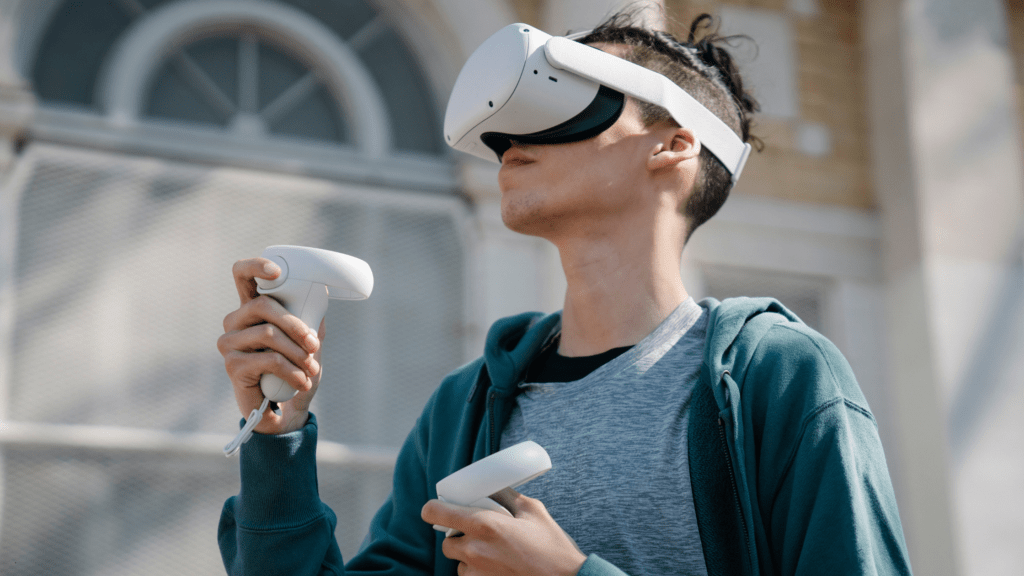In an era of technological advancements, multimedia technology has become a foundation of modern education, offering substantial benefits for eLearning and personal apprenticeships. Integrating multimedia into educational content can significantly enhance engagement, retention, and the overall learning experience. Here, we explore the advantages of multimedia technology in these contexts and provide insights on how to utilise these tools effectively.
Enhancing Engagement and Retention
One of the primary benefits of multimedia technology in education is its ability to cater to various learning styles. Educators can engage auditory, visual, and kinesthetic learners by incorporating a diverse range of media, from interactive presentations and videos to audio and images. For instance, videos can vividly demonstrate concepts that might be challenging to convey through text alone. At the same time, audio elements such as lectures or music can aid auditory learners in better understanding the material.
Diverse Multimedia Tools for Comprehensive Learning
Employing various multimedia tools is essential to maximising learner engagement. This diversity helps address different learning needs and keeps the content fresh and interesting. However, it is essential to strike a balance; multimedia should complement the core content without overshadowing it. For example, interactive games and quizzes can make learning more dynamic, but they should be used judiciously to avoid cognitive overload.
The Importance of Relevant and Copyright-Free Images
Images play a significant role in making eLearning modules visually appealing and engaging. Selecting relevant, high-quality images free from copyright issues ensures that the content is professional and legally compliant. Additionally, images that reflect the organisation’s culture or specific context can help learners relate more closely to the material. For example, photos of the workplace or familiar logos can enhance the realism and relatability of the content.
Videos as Powerful Educational Tools
Videos are particularly effective for delivering lectures, demonstrating training scenarios, and making company announcements. They offer a dynamic way to present information and can be reused, saving time and resources. Creating engaging and high-quality videos has become increasingly accessible, even for those with limited audiovisual experience. These videos can significantly improve the learning experience by providing visual and auditory stimuli that aid information retention.
Technical Subjects and the Use of Photographs
When dealing with technical subjects, photographs can provide detailed insights that are difficult to convey through text alone. For instance, images of mechanical parts or computer processes can enhance understanding by visually representing complex concepts. If photographs are unavailable, diagrams and flowcharts can serve as effective alternatives, ensuring the content remains comprehensive and accessible.
Slide Shows for Structured Learning
Slide shows have long been a staple in eLearning, and their evolution continues to make them relevant. Modern slide shows can incorporate multimedia elements, creating an interactive and structured learning experience. They allow learners to process information at their own pace, ensuring that each concept is fully understood before moving on to the next.
Audio Elements for Immersive Learning Experiences
Incorporating audio elements such as background music, sound effects, and voice-overs can create a more immersive and engaging learning experience. High-quality audio can enhance the professionalism of the content and make the learning environment more stimulating. However, it is essential to use audio sparingly to avoid overwhelming learners and to ensure it aligns with the course objectives.
Personalising Learning with Custom Content Providers
Choosing the right content provider is fundamental for creating personalised eLearning experiences. Custom eLearning development companies can tailor content to meet specific learning objectives and organisational needs, ensuring the multimedia elements are effective and relevant.
Addressing Technical Limitations
When integrating multimedia into eLearning, it is important to consider the technical capabilities of the learners’ devices. Multimedia content should be compatible with various platforms and accessible to all users, regardless of their technical proficiency. Ensuring the content is easy to navigate and does not require advanced technical skills can prevent frustration and enhance the overall learning experience.
Conclusion
Multimedia technology offers immense benefits for eLearning and personal apprenticeships, enhancing engagement, retention, and the overall learning experience. By thoughtfully integrating a variety of multimedia tools and considering learners’ technical limitations, educators can create dynamic and effective educational content that meets the diverse needs of modern learners. As technology continues to evolve, the potential for multimedia in education will only grow, providing ever more innovative ways to enhance learning.



